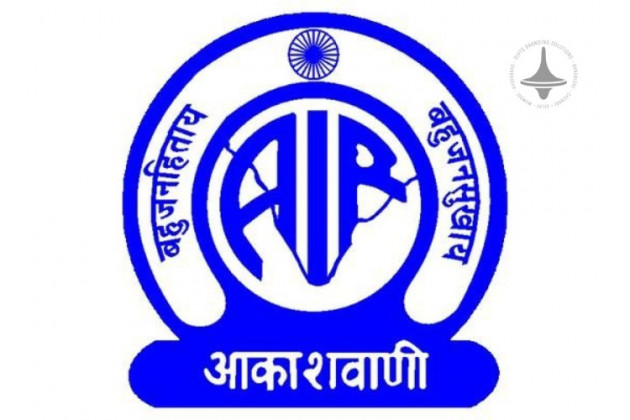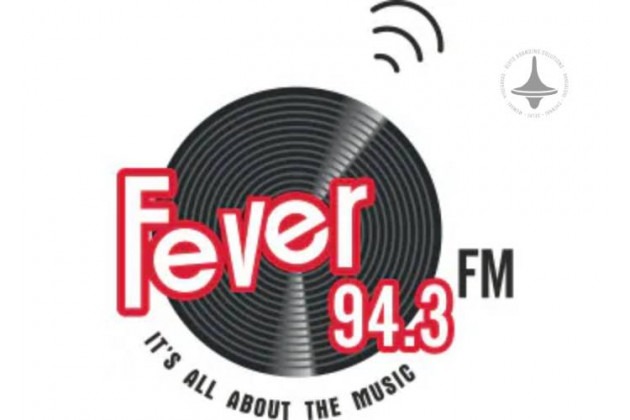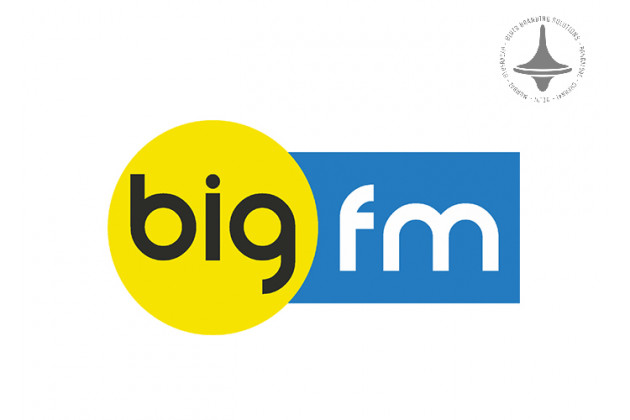Merchandise Branding | Sports Sponsorships | Digital Marketing

Sports and branding have always gone hand in hand, creating a multi-billion-dollar industry fueled by fan loyalty, global marketing strategies, and the influence of iconic athletes. Merchandise branding in sports is more than just selling jerseys or caps; it is a powerful business model that capitalizes on emotional connections, sponsorship deals, and strategic marketing. This article explores the reasons behind the massive success of merchandise branding in sports and why it continues to thrive.
1. Fan Loyalty and Emotional Connection
Sports teams and athletes build deep emotional connections
with their fans. Supporters often see their favorite teams as a part of their
identity, which drives them to purchase branded merchandise to showcase their
allegiance. Whether it is a football jersey, a team cap, or a limited-edition
sneaker, fans proudly wear these items to express their passion.
2. The Power of Athlete Endorsements
Athletes are global influencers who have the power to impact
purchasing decisions. When a star player collaborates with a brand, their
endorsement significantly increases the demand for branded merchandise. Take
Michael Jordan and his Air Jordan brand, for instance. The partnership between
Nike and Jordan revolutionized sports branding, making the Air Jordan line one
of the most successful merchandise collections in history.
3. Exclusive and Limited-Edition Collections
The concept of scarcity plays a huge role in merchandise
sales. Limited-edition releases and exclusive collaborations create urgency
among fans, leading to instant sellouts. Brands like Adidas, Nike, and Puma
frequently launch exclusive team-themed or athlete-signed merchandise, making
these items highly sought after in the market.
4. Sponsorships and Corporate Partnerships
Big corporations recognize the influence of sports branding
and invest heavily in sponsorship deals. Apparel giants such as Nike, Adidas,
and Under Armour sign multimillion-dollar contracts with teams and athletes to
feature their logos on jerseys, footwear, and accessories. This partnership
benefits both parties—athletes gain financial support, while brands boost their
visibility and credibility.
5. Global Reach and Digital Influence
The rise of e-commerce and social media has expanded the
reach of sports merchandise worldwide. Online platforms allow fans to purchase
their favorite team’s gear from anywhere, eliminating geographical limitations.
Moreover, social media marketing campaigns featuring top athletes and
influencers generate significant hype, driving massive sales.
6. Revenue Streams for Sports Organizations
Sports franchises rely heavily on merchandise sales as a key
revenue stream. Ticket sales and broadcasting rights bring substantial
earnings, but branded merchandise provides consistent year-round income. Teams
strategically release new jerseys, apparel, and accessories each season to keep
fans engaged and drive continuous sales.
7. Evolution of Streetwear and Athleisure
The fusion of sports branding with fashion has further
expanded the market. Athleisure—a blend of athletic and casual wear—has made
sports merchandise a part of everyday fashion. Brands like NBA, NFL, and
Premier League teams collaborate with fashion designers to create trendy,
stylish apparel that appeals to a broader audience beyond sports enthusiasts.
Conclusion
Merchandise branding in sports is not just about selling
products; it is about creating an emotional connection, capitalizing on athlete
influence, and leveraging corporate sponsorships. As the industry continues to
evolve with technology and fashion trends, sports merchandise branding will
remain a dominant force in the global market. With growing fan engagement,
innovative collaborations, and digital expansion, it is no surprise that this
industry is worth billions and shows no signs of slowing down.
Elyts Advertising and Branding Solutions | www.elyts.in (India) | www.elyts.agency (UAE)






















Leave a Comment